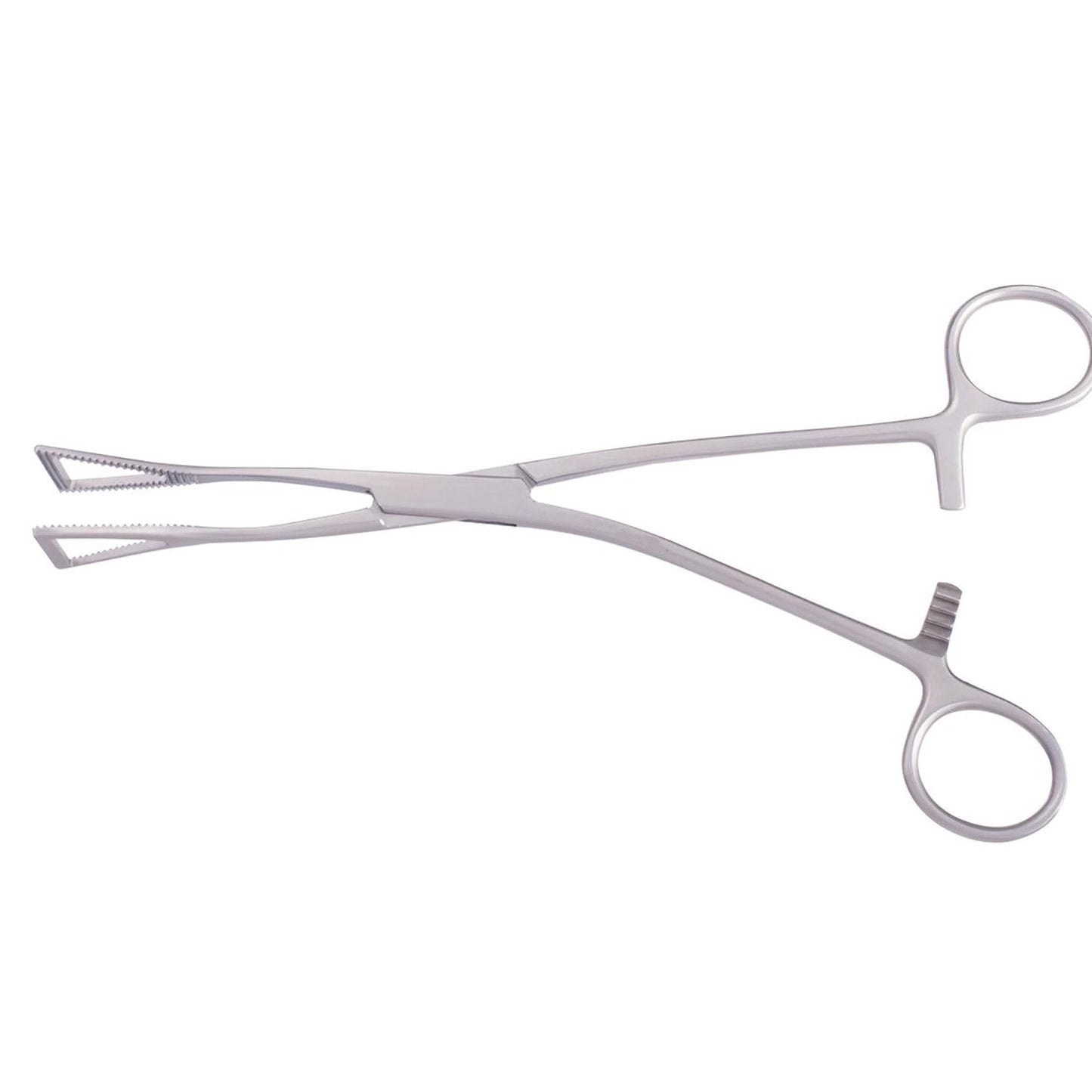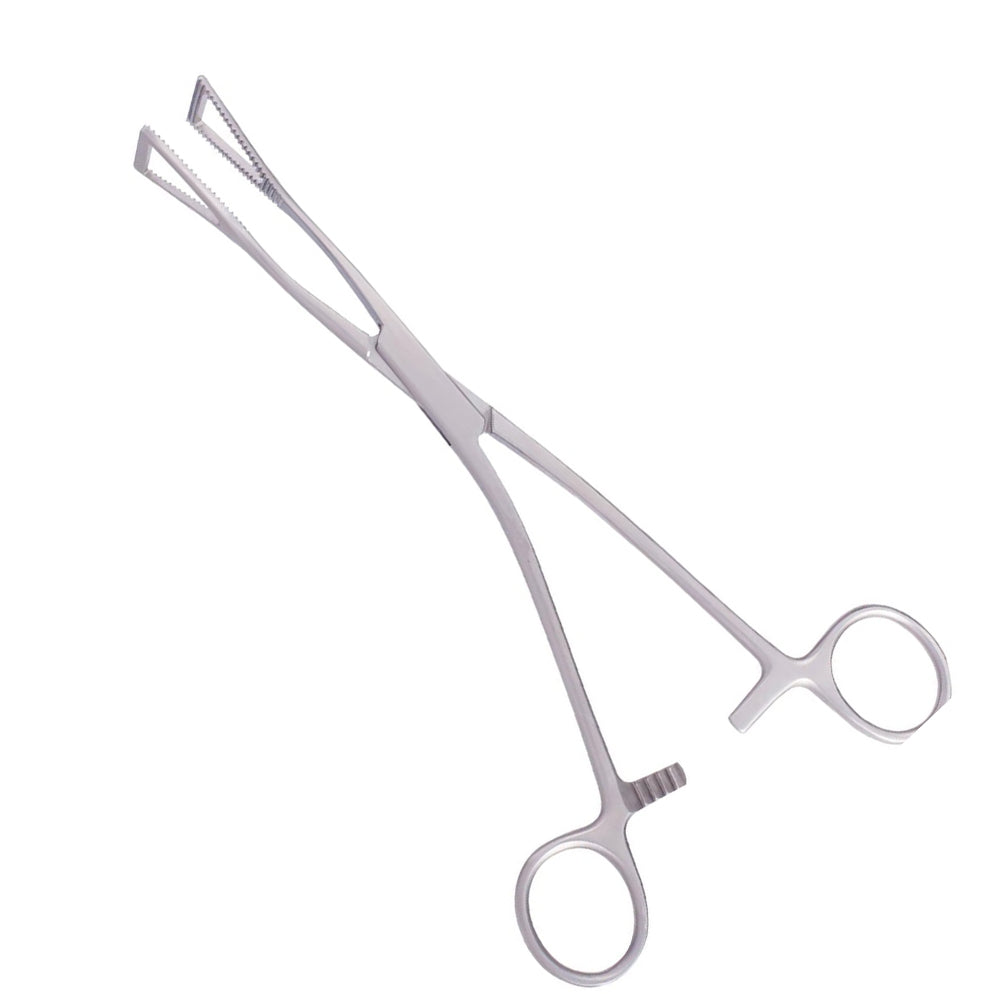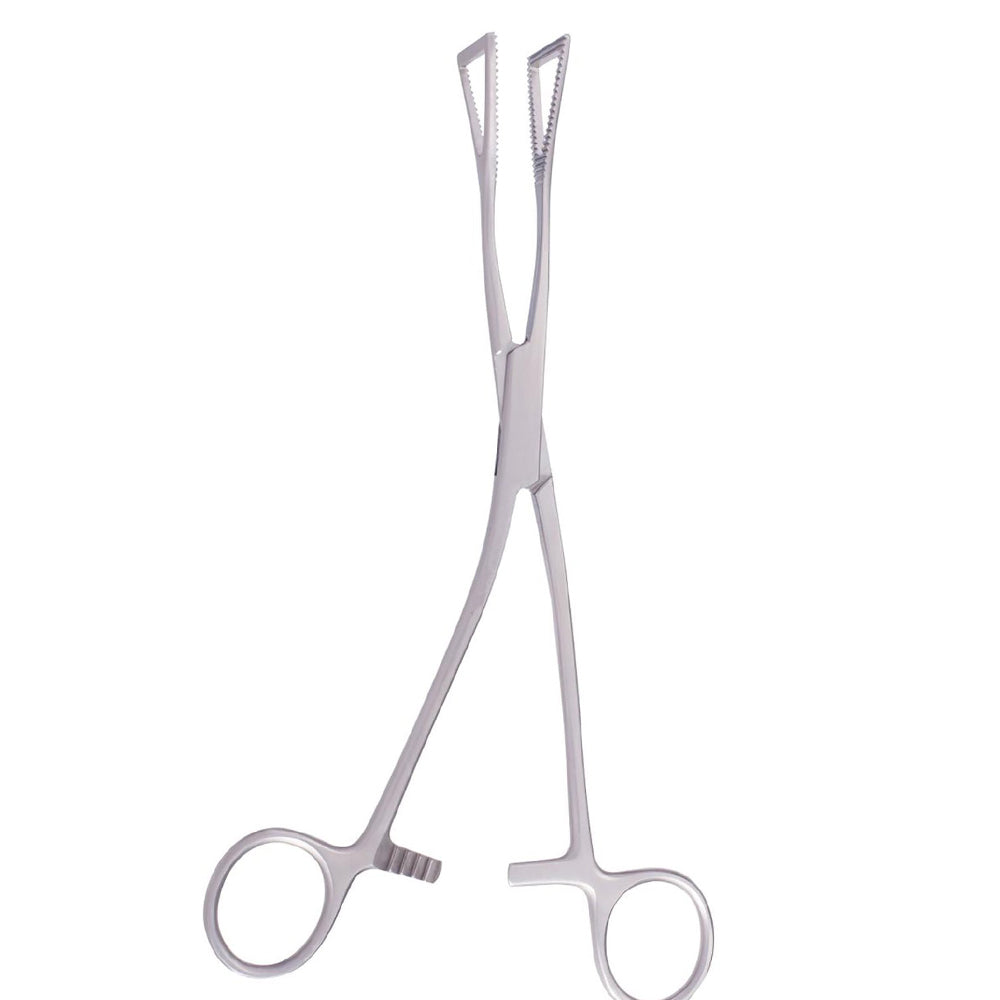


Lovelace Lung Forceps: A Precision Tool for Thoracic and Pulmonary Surgery
In thoracic surgery, when surgeons work with the delicate lung tissues and their surrounding structures, using proper instruments is essential in ensuring safety for patients and the success of the procedure. One of the instruments that stands out because of its delicate yet safe handling of lung tissues is the Lovelace Lung Forceps. These specially designed forceps are designed to grab the lung without inflicting trauma, which makes them essential in a wide variety of thoracic and pulmonary procedures.
This article provides a comprehensive analysis of Lovelace lung forceps and their features, such as their appearance, the primary uses and benefits, as well as comparisons to other forceps, as well as guidelines regarding maintenance and best techniques.
What Are Lovelace Lung Forceps?
Lovelace Lung Forceps are a form of non-toothed surgical forceps that are fenestrated, specifically designed to grasp and secure the lung tissues during chest surgeries. Their main feature is their capacity to comfortably but securely hold soft, large tissues such as the lungs, without causing tearing, crushing or the occurrence of ischemia.
Key Features:
- Jaws with fenestration that disperse pressure evenly across the lung tissue
- A long, slim construction to allow access to the deep thoracic cavity.
- Lightly or smooth inner surfaces to provide a non-traumatic grip
- Ratchet locking mechanism for steady clamping
- Made out of surgical-grade stainless steel, providing the strength and resistance against corrosion
These functions allow Lovelace forceps to be used Lovelace forceps to secure lung lobes in the course of procedures like lobectomy, biopsy or thoracotomy.
Primary Uses of Lovelace Lung Forceps
Lovelace Lung Forceps have been made to be used for open or minimally invasive surgery for the thorax that requires access or manipulation to the lung are necessary.
1. Lung Lobectomy
- Utilized to remove and stabilize the lung lobes to allow visualisation and for removal in lobar or segmental resections.
2. Lung Biopsy
- It provides a safe and comfortable hold on the lung tissue during an open or thoracoscopic biopsy, which reduces the chance of bleeding or trauma to the tissue.
3. Thoracotomy and Pleural Exploration
- It aids in the mobilization of lung tissue as it examines for lesions, tumors, or infections within the pleural cavity.
4. Pneumonectomy or Segmentectomy
- Assists in elevating and isolating lung segments to ensure precise dissection and vessel ligation.
5. Minimally Invasive Procedures
- Certain versions are modified to work with video-assisted surgical thoracoscopic procedures (VATS) and robotic surgical equipment.
Advantages of Lovelace Lung Forceps
1. Atraumatic Lung Handling
The jaws, which are fenestrated and non-toothed, disperse pressure evenly and prevent excessive compression, which is essential in stopping tears or bruising of the soft lung tissue.
2. Enhanced Grip Without Crushing
In contrast to standard hemostatic or toothed forceps, Lovelace forceps grip lung tissue safely without exerting excessive pressure to ensure safety during delicate movements.
3. Ergonomic and Surgeon-Friendly
The long-length design and smooth ratcheting mechanism provide an easy handling experience in a tight thoracic space, even in prolonged procedures.
4. Durable and Reusable
Made of premium stainless steel, they are made to be used repeatedly and resist corrosion and wear after repeated sterilization cycles.
5. Versatile in Application
Although they are primarily intended to treat lung tissues, these forceps may also be employed to aid in soft tissue retraction in other surgical procedures.
Comparative Analysis with other Thoracic Forceps
Instrument Design Type Best Used For Tissue Type
Lovelace Lung Forceps Fenestrated, non-toothed Lung retraction, biopsy Soft, delicate tissue
Duval Forceps Triangular, fenestrated Intestinal and thoracic use: Lung, intestine, stomach.
Babcock Forceps Round, fenestrated tips , Grasping soft tissue , Fallopian tubes, bowel
Allis Forceps Toothed, locked, Firm tissue hold Connective, skin, Fascia.
Lovelace forceps can be ideal for lung tissues because of their non-traumatic grip as well as an anatomical design specifically designed for use in thoracic areas.
Best Practices for Use
- Be sure to check the forceps before surgery to ensure that jaws are properly aligned and that ratchets lock easily..
- Use these forceps with caution on dense or fibrous tissue since their design is suited to soft, spongy structures.
- Apply pressure with a light touch and verify the tissue's security before closing the ratchet.
- If you are handling large lobes, make use of suction instruments or retractors to ensure a clean surgical area.
Sterilization and Maintenance
1. Post-Operative Cleaning
- Cleanse immediately to get rid of the fluids from your lungs and blood.
- Make use of Ultrasonic and enzymatic cleaners to clean the fine spaces in the vicinity of Fenestrations.
2. Autoclaving
- Standard steam sterilization is safe with high pressure and temperature.
3. Regular Inspection
- Examine for jaw alignment issues as well as rust and spring tension before use.
- Replace if the ratchet gets loose or the jaws form gaps.
Conclusion
Lovelace Lung Forceps are a vital tool in thoracic or lung surgery. Their unique design permits the comfortable and safe handling of the delicate lung tissue and reduces the chance of injury while also improving the precision of surgery. When you're performing a lobectomy, lung biopsy or a thoracotomy exploratory procedure, Lovelace forceps offer stability, control and safety. Stabilization, stability and security are essential in the most high-risk thoracic procedures.
By incorporating this instrument into the surgical tray and observing best practices for the use and care of this tool, the surgical team can guarantee improved outcomes for patients and increased surgical efficiency.




 For Bulk Order Whatsapp US
For Bulk Order Whatsapp US